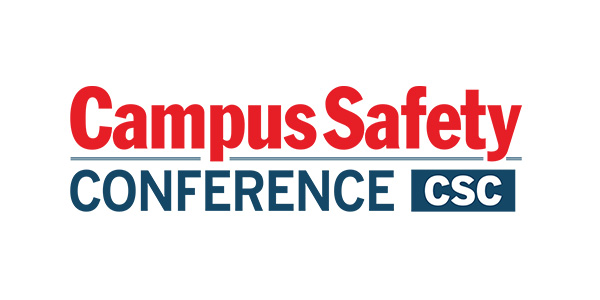Where is it Going?
“Determine where the equipment rack will be located. It will vary based on several factors, but ask yourself whether it will need to be visible and the components and cables within will have to be accessible, or if the rack will need to be hidden (e.g. in an equipment room or closet). Take into account these three very critical considerations to help determine the best location, and thus the best rack to get the job done,” says Troast.
Aesthetics
Why it’s important:“If the rack will be kept in a more public or visible location (for example where customers can see it), aesthetics become very important, very quickly. You’ll want to consider a rack that may offer some customizable options or accessories that may better complement the room where the rack will be located.”
Access/Security
Why it’s important: “Give some thought to how the system will be accessed and used. This will help you determine if you need the equipment and cables the rack is housing to be easily accessible. When an equipment rack is located in a higher traffic area, limited access may be preferable and a standalone rack, with its solid sides, would help in that regard. If the equipment rack is located in a closet that only authorized personnel will utilize, and equipment connections or cabling needs to be quick and easy to get to, a gang-able rack would serve that application well with its open sides.”
Placement in the Environment
Why it’s important: “You’ve already determined what room will house your equipment rack, now you need to decide where it will live in its environment. The nature of activity in the room will have the greatest impact in the decision of what kind of rack to install. If there’s space for it that is out of the way, a floor-standing rack may be preferable. If there is a lot of foot traffic and the system should be stowed in an out of the way place, you may choose a cabinet that mounts to the wall. Even further out of the way is a cabinet option that can hang from the ceiling. If you have the room for it and the desire to keep it out of the way you can also opt for a rack system that can slide in and out of a wall or other cabinet structure. There are even options for mounting components under a desk surface when you need it that closer to the person operating the equipment within.”
What makes a good rack from a design, manufacturing and flexibility of use/re-use point of view?
According to Troast, “there are many racks out there to choose from but the simplest and most effective approach to selecting one is to think about the application of the system first, and choose the rack that best suits that application.
“That said, what makes a good rack from a design, flexibility and use/reuse point of view is its ability to grow with your needs. The changes in technology and evolving use of the AV system increases the odds that you will be required to give your rack a second life. A professional rack system from a quality manufacturer will be certified to meet standards for durability and will be engineered to last a long time as your AV system advances.
“The best racks on the market are designed with forethought to address those changes. Imagine having to switch out a server in the rack for one that’s deeper than you originally planned. Rather than buying a new rack, some accept extender options that will provide a bit more depth to accommodate that equipment or changing cabling needs. Another example is if you want to relocate your rack to a more visible and accessible space – this is when it pays off to have a rack that can accept different wood kits to better match the look of the décor.
“The key here is to choose a rack that will allow you to adapt the existing infrastructure instead of replacing it completely. And by the way, don’t forget to also plan for and consider UL certifications ( as required by local code),Seismic bracing, and compliance with and to GreenGuard, BIFMA, ROHS, and ISO standards and regulations, codes.”
&n
bsp;






